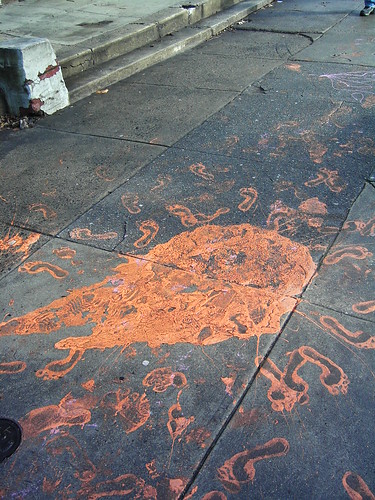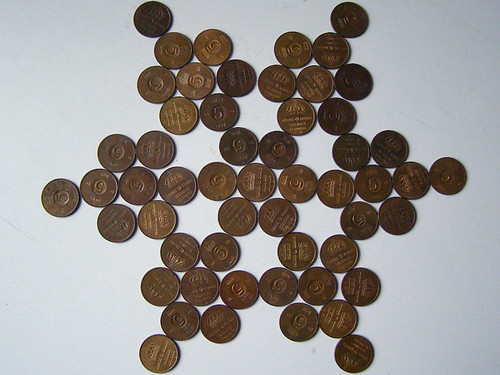 Although it’s common for Metacity themes to have centred titles, there are still several themes which have the title justified to the left or right. GNOME bug 612940 makes the not unreasonable suggestion that the justification should be swapped when the system is running in a language such as Hebrew, Arabic, or Urdu which is written from right to left.
Although it’s common for Metacity themes to have centred titles, there are still several themes which have the title justified to the left or right. GNOME bug 612940 makes the not unreasonable suggestion that the justification should be swapped when the system is running in a language such as Hebrew, Arabic, or Urdu which is written from right to left.
There is a patch supplied, but it swaps only the position of the text. This isn’t a problem when the titlebar’s decoration is symmetrical, but when (as in the case of Crux) it isn’t, the title moves without taking the decoration along for the ride. See the illustration on the right; the word “שלום” is written in white on the grey part of the titlebar instead of on the blue part.
The way forward from here might be:
- to leave everything as it is
- to commit this patch, and hope that people who speak these languages will avoid themes with non-centred window titles and asymmetrical titlebars
- to mirror the entire window border decoration if we’re running in a right-to-left language. This may be non-trivial.
Your thoughts, gentle reader, are as welcome as they ever were.

 The height of a button in a
The height of a button in a 



 In order to demonstrate
In order to demonstrate 
